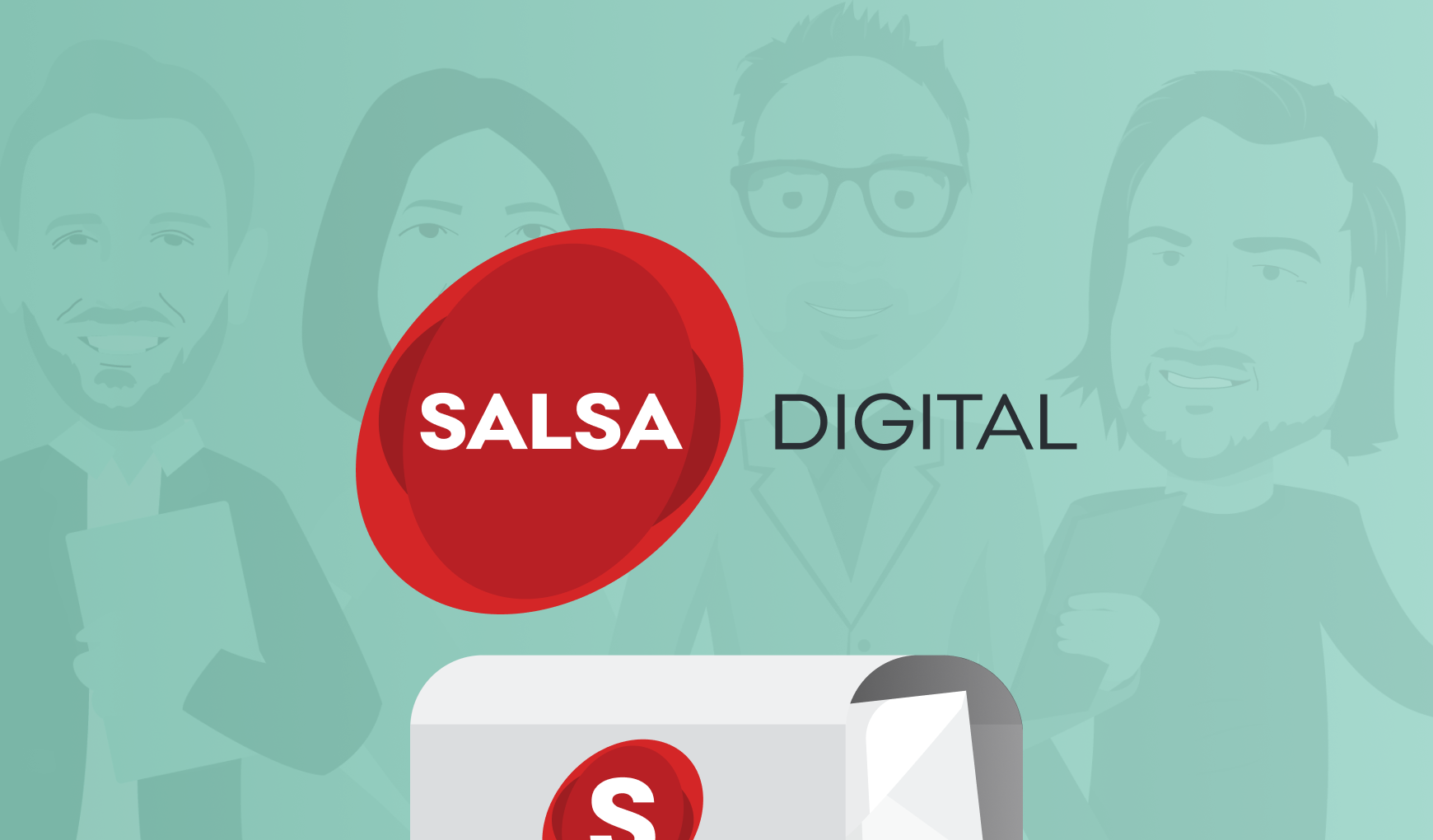About open platforms
Traditionally, while many services and code were becoming open source as part of the open source movement, there was still one piece of the stack that was proprietary — the platform. This all changed in October 2017, when open-sourced their Drupal hosting platform, — an open source platform for an open source CMS.
The open platform history
Thanks to the disruption of cloud, infrastructure as code (IAC) — sometimes referred to as programmable infrastructure — provides IT infrastructure that operations’ teams can automatically manage and provision through code, rather than using a manual process.
Thanks further to innovators such as Google, cloud-agnostic IAC is possible with platforms such as Kubernetes. Kubernetes is essentially a portable, extensible open-source platform for managing containerised workloads and services that facilitates both declarative configuration and automation. Kubernetes was donated to the Cloud Native Computing Foundation (CNCF), a vendor-neutral home for fostering collaboration and community engagement between strong global contributors of open platform solutions.
Open and agnostic platform technologies such as Kubernetes have provided a strong foundation for open source platform projects (aka distributions) focused on optimised stacks for specific and individual applications. Open source CMSs such as Drupal are no exception.
Open platforms and open government
Open platforms — along with open source CMSs, open data and open design — can help governments deliver on their open government targets. In fact, we consider these areas to be Salsa Digital’s four pillars for the delivery of open government. A great example is Victoria’s open source platform, Bay, which is part of the Department of Premier and Cabinet’s (DPC) wider whole-of-government Single Digital Presence project. We partnered with DPC to realise our shared vision for a fully open source solution, including the platform.

